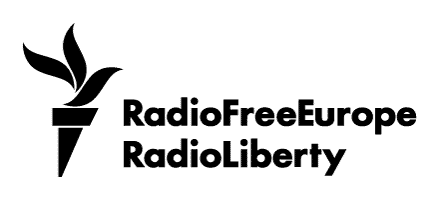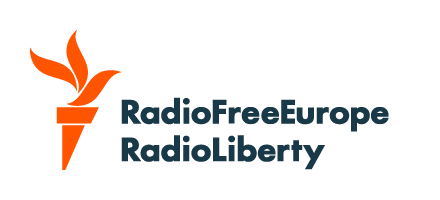NATO Notes Russia's 'Resurgence,' Urges Vigilance
By Rikard Jozwiak
BRUSSELS -- U.S. General Curtis Scaparrotti, NATO's supreme allied commander in Europe, has warned that the alliance will not be “dominant” in certain areas in five years if it fails to modernize and adapt to the growing threat from Russia.
“I certainly have concerns with respect to Russia,” Scaparrotti told a press conference in Brussels on January 17 following a meeting of top NATO defense officials.
“I think that, as an alliance, we are dominant. There are domains within this that were challenged. I think cyber is one of those. They are very competent in that,” he also said, referring to Russia.
“There are others where because of the modernization you noted, while we are dominant, we will not be in five years per se if we aren't adapting like this to include our structure but also within the nations, our capabilities, across the military functional areas as well as our domains.”
Addressing the session of the Military Committee, the alliance’s highest military authority, Scaparrotti said earlier that “a resurgence of Russia as a strategic competitor, growing unrest and instability in Africa and the Middle East, as well as terrorism, [are] reshaping our strategic environment.”
Relations between Moscow and the West have been severely strained over issues including Russia's seizure of Ukraine's Crimea region in March 2014 and its support for separatists who control parts of eastern Ukraine.
The war between Kyiv's forces and the Russia-backed separatists has killed more than 10,300 people since April 2014.
Amid growing tensions, NATO stepped up its defenses in Eastern member nations near Russia.
Speaking alongside Scaparrotti at the press conference, Czech General Petr Pavel, chairman of the Military Committee, called Russia an “obvious security challenge.”
“We characterize Russia as a peer competitor and we obviously follow closely all the development and modernization and taking all the measures that are necessary to be ready for any contingency,” he added.
Ahead of the meeting, NATO said the top defense officials would discuss “the challenging security environment on NATO’s southern flank and the alliance’s contribution to its stabilization” and would review NATO’s Resolute Support Mission in Afghanistan and the international coalition against the extremist group Islamic State.
They also held separate talks with top defense officials from Ukraine and Georgia on “the security situations on the ground, defense reform progress, and the way ahead.”
After the meetings, Pavel told reporters that the defense officials “noted the challenge for Ukraine of achieving security and defense reforms alongside reestablishing Ukraine's territorial integrity.”
They also “stressed their commitment on furthering the capability and interoperability of the Ukrainian armed forces,” he added.
On Georgia, Pavel said the defense officials “stressed continued support” to the Substantial NATO-Georgia Package to enhance the country’s defense readiness.
New Footage Shows Final Hours Of Slain Ukrainian Lawyer
By Christopher Miller
KYIV -- Iryna Nozdrovska's trip home on December 29 should have been routine: a short walk from her Kyiv office to a subway station, then a 31-minute ride north before taking a bus to the village of Demydiv, where it stops 150 meters from her home.
But the crusading human rights lawyer never made it.
Her body was found on New Year's Day floating in the shallow Kozka River just a kilometer down the road. She had been stabbed multiple times in what police described as a “violent death” and “revenge killing.”
On January 17, the Interior Ministry and police released security-camera footage showing the last images and movements of Nozdrovska, who was 38.
The video, published on the personal Facebook page of Interior Ministry spokesman Artem Shevchenko, shows Nozdrovska walking in a heavily policed government district at about 3:40 p.m., before arriving at the Khreshchatyk metro station two minutes later. Nozdrovska, wearing a brown winter coat, does not appear to be in distress in the footage.
At 4:11 p.m., in what is the last known image of Nozdrovska, she is captured by a surveillance camera exiting the Heroiv Dnipra metro station, where she would normally catch a bus. While the news site Ukrayinska Pravda reported that a witness saw Nozdrovska waiting in line for the bus, it is unclear whether she made it on.
The last contact Nozdrovska made with anyone came in a phone call to her mother around 5 p.m., according to local media reports.
While the video footage may not reflect a break in the case, it is an important piece of evidence in terms of the timeline of the killing, and it shows the public that “the police are doing their job,” Shevchenko told RFE/RL by phone.






